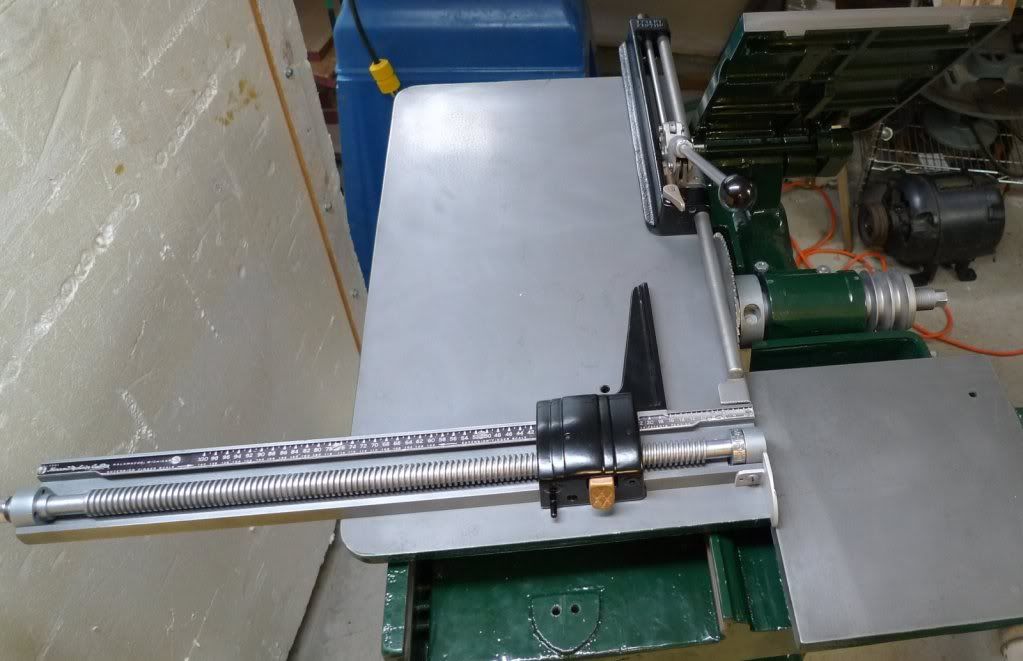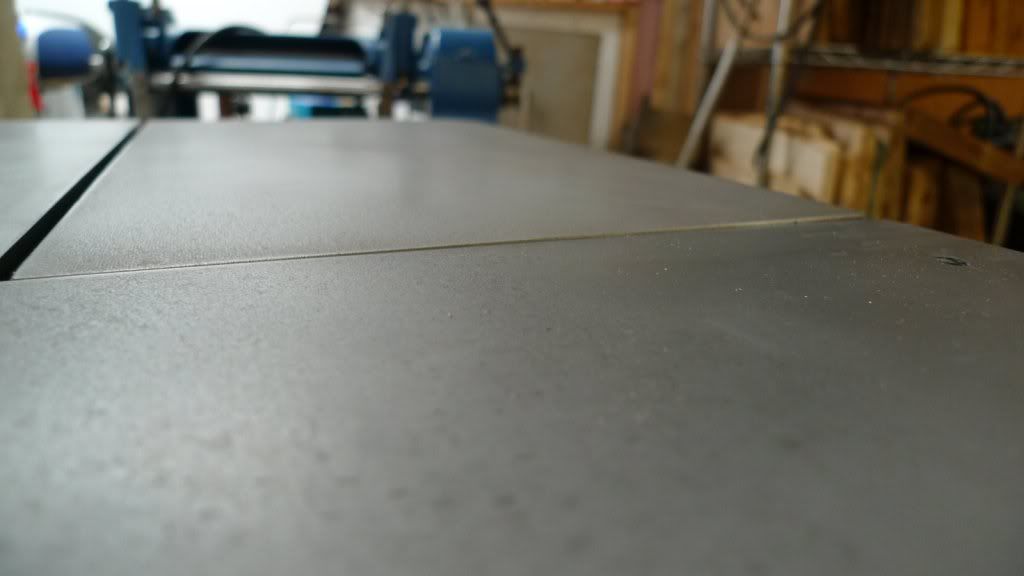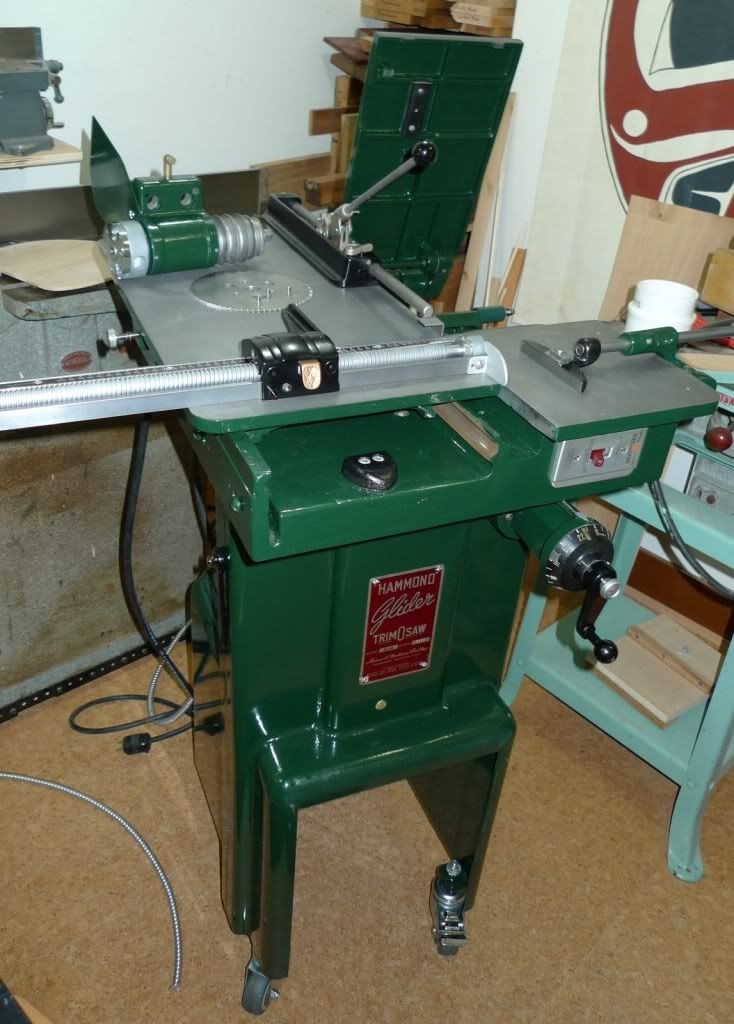I have some questions about the reassembly that I hope this group might be able to help me with.
The black knob AKA handwheel used for turning the micrometer gauge is supposed to have a "TX-1174 lock screw" to secure it to the shaft. What does this lock screw look like and how does it attach?
 [/img]
[/img]Next, on the clamp there is supposed to be a washer TX-158. I am not sure that my clamp had one of these, does anyone have a picture they could show me?
 [/img]
[/img]Finally (for now!), the arbor. I have a piece that looks like it belongs on the arbor, but is not shown on any drawings or teardown pictures I have seen. Anyone know what this piece is?? This is the piece with the red arrow pointing to it.
And the other finally is the blue arrows. They are pointing to what appear to be me to be thin clips or washers. This is picture of a G4B teardown from the internet. I don't seem to have these clips. Any ideas on if I am missing them, or did the G4 not have them?
 [/img]
[/img]Thanks in advance for your help!
Dan














